You design those things?
Golf course designer Agustín Pizá chats about blending his love of sport and architecture, finding the beauty in differences, and golf courses as functional sculptures.
We caught up with 2004 masters graduate Agustín Pizá on his recent trip back to Edinburgh earlier this month.
Where did your interest in golf course design come from?
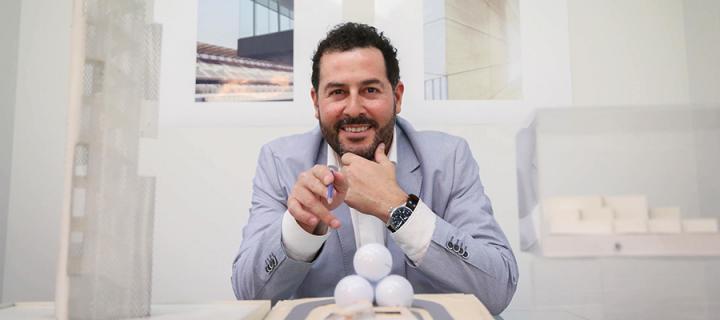
There’s two sides to it. I have sports in my blood. My great uncle was the first Mexican to swim across the English Channel in 1953. He was the stunt double for Johnny Weissmuller’s Tarzan. My grandfather was also a freak when it came to sports. My mother and father met during university studying Physical Education and then my brother and I came about. I was brought up with the discipline of sport.
The other side is architecture. I cannot explain it. There are no architects in my family, but I knew since fifth grade elementary that I wanted to be an architect. Without hesitation I enrolled in architecture when it was time for uni and I loved it. That’s when the tricky part came about - how do I mix architecture with sport? I thought maybe I could do stadiums or parks. I didn’t know about golf course architecture.
When I started working doing regular architecture in Tijuana, the general manager saw me with my golf clubs and asked if I liked the sport. He told me that his nephew worked for golf legend Jack Nicklaus designing golf courses. I said, “You design those things?” I love that approach because today I can relate to my clients who have no idea that a golf course is properly designed. It takes me back to when I was 26.
He put in a word for me and two weeks later I was working for Jack Nicklaus at Palmilla and El Dorado, two very prestigious golf courses in Los Cabos, Mexico. That was my first school of architecture. It didn’t matter that I had a title in architecture, I was starting from scratch. That’s how I got to join my two passions.
Why did you decide to study at Edinburgh?
In my side of the world, competition is fierce and all super star designers. I wanted to be the first proper student architect of the game in Latin America. I wasn’t going to win a golf major so I wanted to have a major on an intellectual level and pursue architectural accolades. I had my five-year degree in vertical architecture and wanted to complement it. The only place that they had it was here in Scotland.
I had six golf courses under my belt before I applied to the masters degree because I wanted a full-on experience. My tip is to get at least five years’ experience on your résumé before enrolling on a masters degree, which involves a group of people talking about their experiences, from which everybody learns.
How did you find the transition of moving to Scotland?
It was a shock that I got accepted. There were 130+ applicants and only 11 of us got in. Back then the European Institute of Golf Course Architect (EIGCA) endorsed that masters degree. It was a double whammy for me: you had support from the uni and support from the European Institute. It was a dream come true.
I made the trip to Edinburgh - loved it. The people - loved it. It’s a beautiful place, I miss it dearly. Arriving to Edinburgh, I think there was a rugby match going on and all the guys were in skirts. Coming from Mexico, there’s a lot of macho things going on, but that was the beautiful thing - having the opportunity to open up to different cultures. I learned about the tartan, how it’s made and how you earn it. I graduated in a kilt and am very proud to have earned my uni tartan. When I hear a bagpipe it gives me the same feeling as hearing a Mariachi.
Describe your career path since finishing your masters
I graduated in 2004 and that year I was working for Ken Moodie, a Scottish architect based in Chester, England. Every semester break I went over to his design studio and worked there. I spent two years in the UK studying and working and that gave me eligibility to become a member of the European Institute – their first Latin American member. I was also the first Latin American to graduate from the masters degree in Golf Course Architecture.
When I graduated I got hired in the States by Robert von Hagge, which at that time was one of the top five firms in the world. That was a sign that I was doing the right things, I was really honoured that a top firm would be interested in my services.
After that I saw the window of opening up my own practice and I did in 2006. It was another risky part in my life, just like coming to Edinburgh. I had my first job as project manager of Punta Mita north of Puerto Vallarta where I live now. And I had the opportunity to join forces again with my first mentor, Jack Nicklaus.
Tell us about your practice today
Since I opened my practice in 2006 we have earned 10 accolades. We are very proud to be a multi-award winning firm.
I have different services: project management and design coordination on branded courses, a bit of “behind the curtain” work and ensuring the quality is there, regular championship golf course design and resort style mixed-use masterplanning. I also do golf course design, restoration, remodelling. Usually when a golf course is 20 years old or more it needs a little make-up, some botox or a complete surgery.
Something I’ve been pushing for in the last five or six years that is becoming a trend is our bespoke boutique golf design, which is redefining golf facilities and creating a whole different atmosphere in golf. Unlearning what we know about golf and creating something very friendly, less stressful, more amicable and more user friendly for all the family. An amusement golf park.
Now we’ve had two or three crazy clients - crazy as in willing to try new things. When a client says, “Do what you need to do to make things happen,” that gives me a cool opportunity to not only think out of the box but do outside the box and take a risk. You will always have the championship golf courses, but we need a place where families and non-golfers can have fun and enjoy the 360 degrees of the space. Why only play golf? Enjoy the grass, take your shoes off, and connect with nature. Do yoga, meditate, run, walk. I like to design for the non-golfer. We design what I like to call functional sculptures. 15 years ago I got inspired by the grass sculpture at the Scottish National Gallery of Modern Art.
One of our recent designs that has won an award is what we call “Wellness Golf”. Relax, drop a ball, hit it, hit it again, look for it. Have a glass of wine, a fine cigar and listen to music. This design was showcased at the United States Golf Association (USGA) Innovative Symposium in Japan in March 2019 and it won Best Landscape Design in the Global Future Design Awards.
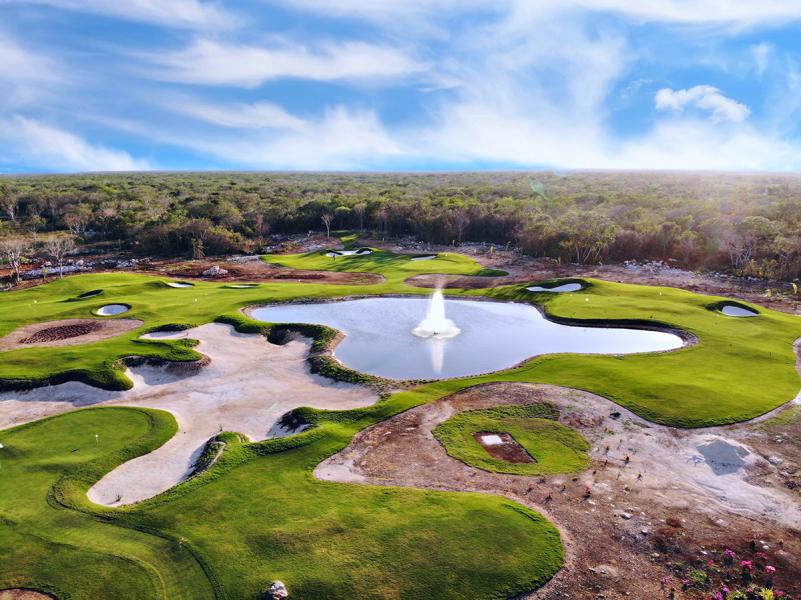 `
` 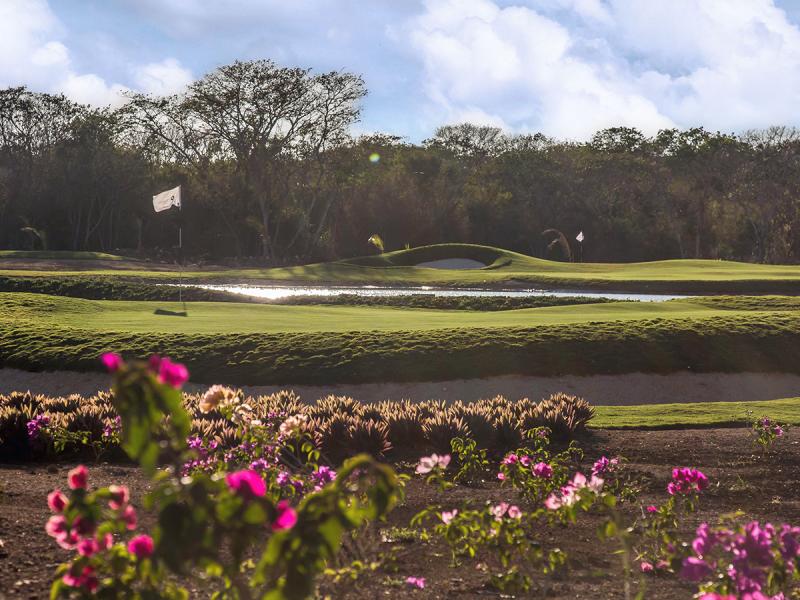 `
` 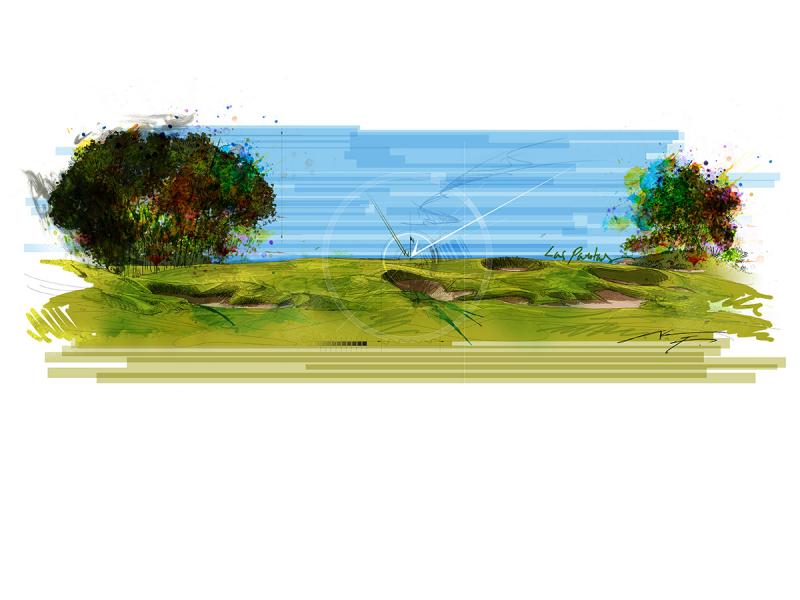 `
`  `
` 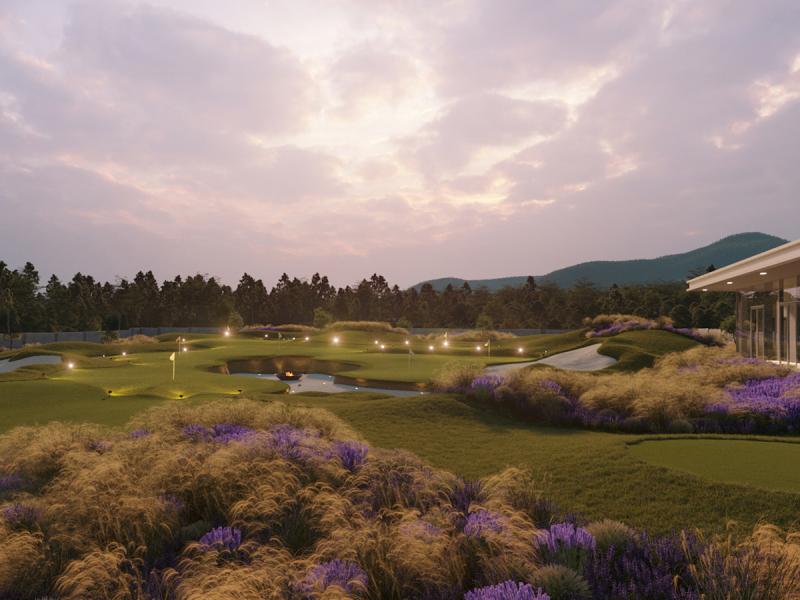 `
` 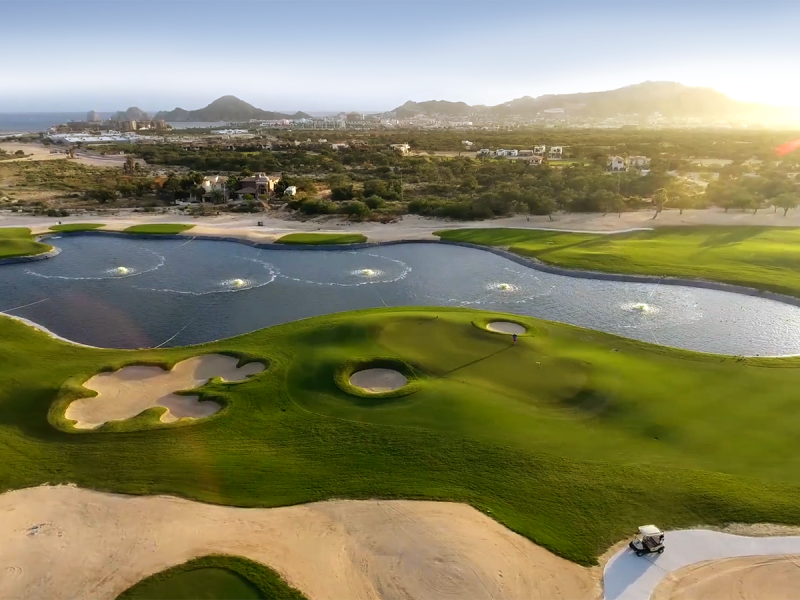 `
`  `
` 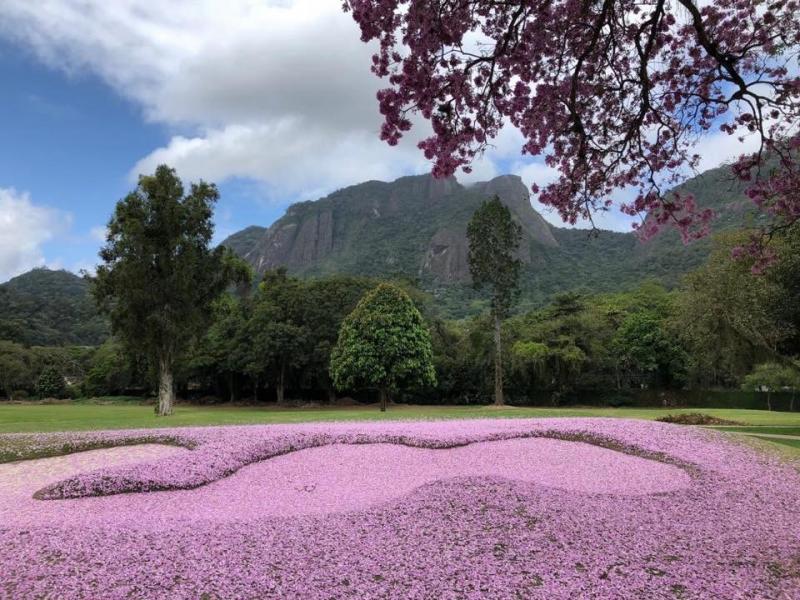 `
`  `
` 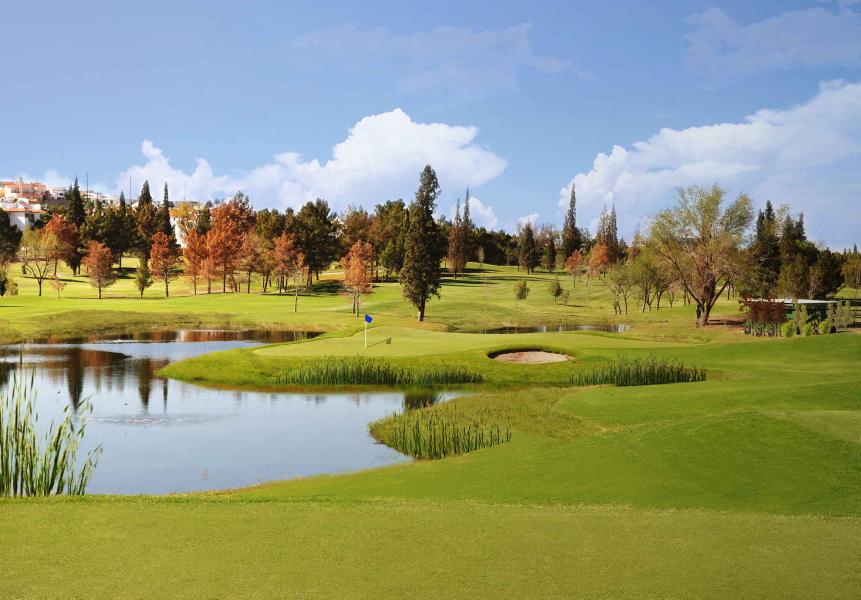 `
` 









What motivates you?
Number one: The passion behind the sport and the creative process in architecture.
Number two: The satisfaction that someone out there is either hating me or loving me. My architecture changes with their sense of humour when they’re playing bad or good. I love messing with a player's mind, depth perception and all of the senses.
You’ve been named as one of the 25 most sustainable golf course architects in the world. How do you incorporate sustainability into your work?
In the 80s, 90s and even early 2000s, golf design was very outrageous. It was just the times. People designed as if nature had made a mistake. Now it’s different. We have a new generation of golf architects coming up who know how to respect the land and create very well balanced projects in harmony with nature.
On a Mayan retreat in the Lacandonian jungle I also learned how to talk to nature and ask for permission to enter and be a part of it, creating a dialogue to enhance what is already there.
You have to have a lot of respect for the land and to be knowledgeable about the science and the art that goes behind the golf course. Architecture, agronomy, soil science, technology. And the art principles of balance, contrast, rhythm, focus. That’s what I got with my masters degree at Edinburgh College of Art. That made me the full-circle architect that I am today.
Golf courses can be a great microclimate for the bees and rodents. Rodents are scared to cross by the fairway because they’re easy prey for the birds so we’ve created corridors they can go through in the tall grasses. You get a better virtuous cycle.
We design for the responsible player. We’ve reduced turf area to almost 40% on some courses and with less turf where the ball can land, you need to be more skilled as a player. In my masters degree I learned to create a balance between the ecological, conservative style of designing from Scotland and the extrovert, spacious style of America. One of our competitive advantages is we have the schooling and the practice to create a better golf course for nature.
What are your hopes for the future?
I would like to take the label that golf is elitist off this wonderful sport and work hard so golf can go to every country in the world and be there for every socio-economic level. In Mexico I run a charity called First Tee Mexico and I was honoured that with the support of Benjamín Salinas, CEO of WGC Mexico Championship, we created this charity and have close to 150 underprivileged children playing golf for free and learning tools for life.
What advice would you give to current students?
Surround yourself with good, vibrant people, everybody needs a little bit of everybody. Take pride in being a good leader or a good sidekick.
If you’re studying right now, talk to everybody, be friends and unite with everybody, regardless of any difference. It is a beauty to be open to different cultures, different atmospheres, different people, different colours and different opinion. It is probably, after having your own family, the best life experience you can have.
Related links
Please note that the University of Edinburgh is not responsible for the content and functionality of these external links provided.
Watch Pizá Golf's 2019 English video presentation on Youtube
Global Future Design Awards 2019 - Winner – Wellness Golf Chablé by PIZÁ GOLF
First Tee Mexico (in Spanish)

